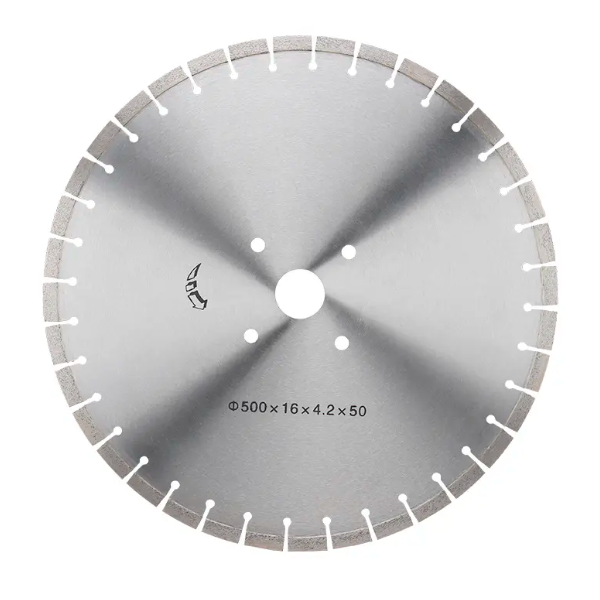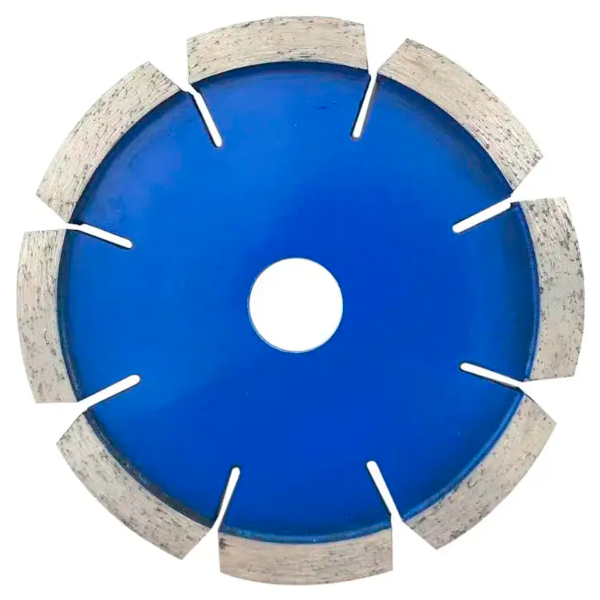When cutting a variety of materials, having the right tools is crucial to getting accurate, efficient results. Among the many tools available, cutting saw blades are undoubtedly an indispensable ally for craftsmen, DIY enthusiasts, and professionals. These blades are specifically designed to optimize cutting operations, ensuring precision and performance. In this blog, we will explore the main functions and applications of cutting saw blades, emphasizing the importance of choosing the right blade for any cutting task.
1. Understand cutting saw blades:
A cutting saw blade is a versatile tool used for making precise cuts in a variety of materials, including wood, metal, and plastic. These blades are mainly known for their sharp teeth and durable composition. Cutting saw blades come in different shapes, sizes and tooth structures depending on the intended purpose and the material to be cut. Choosing the right insert ensures optimal cutting efficiency while minimizing chip formation, vibration and material waste.
2. Types of cutting saw blades:
A. Circular saw blades: Circular saw blades are widely used in woodworking applications and are available in a variety of diameters and tooth configurations. Fine-tooth blades cut materials like plywood and MDF more smoothly, while coarse-tooth blades excel at rough cuts, such as ripping wood.
b. Band saw blades: These blades resemble long, continuous steel strips that can accurately cut a variety of materials from wood to metal. Bandsaw blades come in different widths, tooth pitches and profiles, which determine their suitability for specific cutting tasks.
C. Jigsaw blades: These blades are designed to be mounted on a jigsaw, a handheld cutting tool used to make complex, curved cuts in wood, plastic, and metal. Jig saw blades vary in tooth count and configuration, allowing users to achieve precise and complex cuts based on their project requirements.
3. Factors to consider when selecting blades:
A. Material composition: Different cutting tasks require blades with specific tooth structures and compositions. For example, cutting saw blades used for wood have a higher tooth count and alternating top bevel (ATB) teeth, while saw blades used for metal cutting typically have fewer teeth and are made of high-speed steel or carbide materials.
b. Blade diameter: The diameter of the cutting blade determines the depth of the cut and the size of the material that can be effectively cut. Choosing the right blade diameter is crucial to avoid overworking the tool and ensuring accurate cuts.
C. Tooth shape: Tooth shape affects cutting speed, finishing quality and chip formation. Blade options include rip blades, crosscut blades, combination blades and specialty blades for a variety of tasks.
in conclusion:
Cutting saw blades are indispensable tools that bring life to a variety of projects, from simple DIY tasks to complex professional jobs. By considering factors such as composition, diameter, and tooth profile, users can select the blade best suited for their specific cutting tasks. Investing in a high-quality cutting blade not only improves accuracy and efficiency, but also ensures a safer cutting operation. So next time you start a cutting project, remember to choose the right cutting blade and watch your results and overall craftsmanship transform.
Post time: Oct-10-2023


